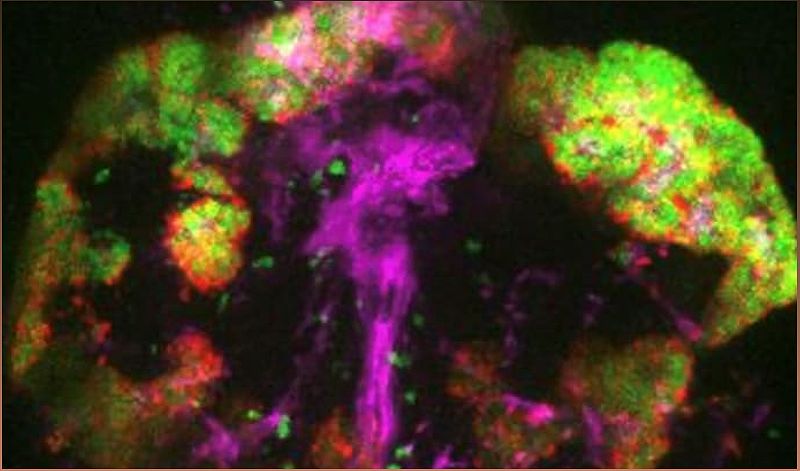Researchers at the Weizmann Institute of Science have found that the pituitary gland's two lobes have a more intertwined origin than previously thought. This unexpected discovery sheds light on the gland's functions and could lead to improved treatments for pituitary disorders.
Challenging Beliefs: Uncovering the Origins of the Pituitary Gland
Recent research conducted by the Weizmann Institute of Science in Rehovot has revealed a groundbreaking discovery that challenges long-held beliefs about the origins of the pituitary gland. This unexpected finding has the potential to revolutionize our understanding of this small but vital organ and its functions.
Traditionally, it was believed that the pituitary gland's two lobes, the anterior lobe and the posterior lobe, originated from separate embryonic subdivisions. The anterior lobe was thought to develop from the oral ectoderm, while the posterior lobe was believed to come from the neural ectoderm. However, the researchers at the Weizmann Institute have shattered this notion.
Utilizing innovative genetic and imaging techniques, the researchers closely examined the development of cells in the pituitary gland of zebrafish embryos. To their surprise, they discovered that some of the cells in the anterior lobe had a neural origin, challenging the long-standing belief of separate origins for the two lobes.
Unraveling the Intricate Connections within the Pituitary Gland
This unexpected finding not only sheds light on the origins of the pituitary gland but also provides new insights into its functions. By identifying the molecular composition of different cell types in the gland, the researchers uncovered previously unknown interactions between cells in the anterior and posterior lobes.
Specifically, they discovered that pituicytes, a type of cell in the posterior lobe, play a crucial role in influencing the development of hormone-producing cells in the anterior lobe. This intricate interplay between different cell types within the pituitary gland highlights the complexity of its functions and opens up new avenues for research and potential treatments.
Implications for Pituitary Disorders and Treatment Advancements
This groundbreaking research has significant implications for our understanding and treatment of pituitary disorders. By gaining a deeper understanding of the pituitary gland's cellular composition and the interactions between its different cell types, researchers may be able to develop more targeted and effective treatments.
For instance, individuals with growth hormone deficiency, a common pituitary disorder, may benefit from therapies that specifically target the pituicytes in the posterior lobe. This could lead to more precise and efficient treatments, minimizing unwanted side effects on other vital pituitary functions.
A Paradigm Shift in Pituitary Research
This study challenges the long-standing belief regarding the embryonic origins of the pituitary gland and provides a new perspective on its functions and disorders. The discovery of the intertwined origins of the anterior and posterior lobes, as well as the previously unknown interactions between different cell types, has paved the way for further exploration in this field.
As researchers delve deeper into understanding the intricate workings of the pituitary gland, we can expect to see advancements in the diagnosis and treatment of various pituitary disorders. This newfound knowledge holds the potential to improve the lives of individuals affected by these disorders and enhance our overall understanding of this remarkable organ.

